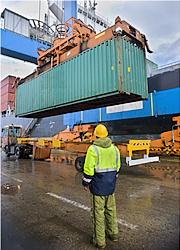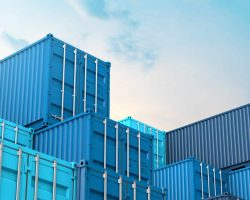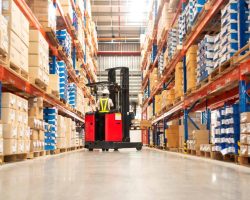 |
Since January 2020, the U.S. rail unions have been in negotiations with the major railroad companies to bargain for a new agreement with pay raises, better healthcare and more staffing. Over the past six years, major railroads have cut their workforce by an average of 29%, and implemented “precision scheduled railroading,” upgrading their networks to run fewer trains on tighter schedules with fewer employees. The unions and railroads entered mediation earlier this year and reached an impasse in June. The next step was a mandatory cooling off period of 30 days, at the end of which either party could have entered into either a strike or lockout. President Biden stepped in at the end of the cooling off period to appoint a Presidential Emergency Board (PEB) to examine the dispute and produce recommendations on a settlement within another 30 days. The PEB’s recommendations are expected by mid-August, after which there will be yet another 30-day cooling off period, during which the parties can either accept or reject those recommendations. If an agreement still has not been reached by mid-September, the Railway Labor Act allows for the unions to go on strike.
Regardless of the threat of a rail strike, the amount of containers sitting in U.S. terminals have been reaching maximum capacity at many inland rail locations. This is (according to carrier CMA), a result of an insufficient supply of both chassis and rail traffic capacity. Containers are piling up at the rail terminals in Chicago, Dallas, Kansas City, Memphis, Denver, St. Louis, Santa Teresa and Omaha. Some railroads such as Union Pacific, have implemented temporary service pauses and train metering to improve capacity issues. The Chamber of Commerce fears that a work stoppage this time could be “disastrous for U.S. consumers and the economy”, and “potentially return to the historic supply chain challenges during the depths of the pandemic.”
For more information, contact Debbie McGuire, Director – Freight Solutions.
















